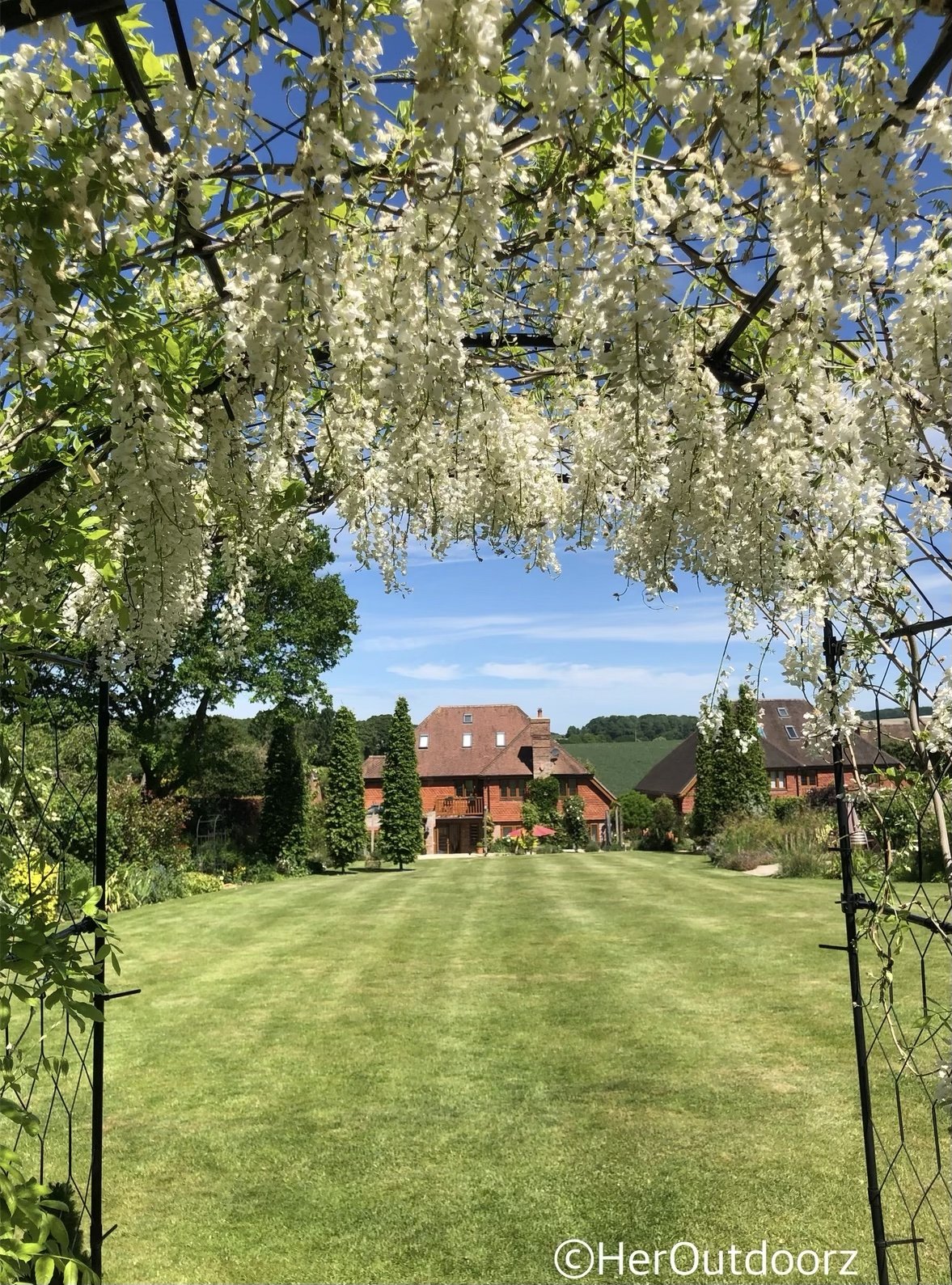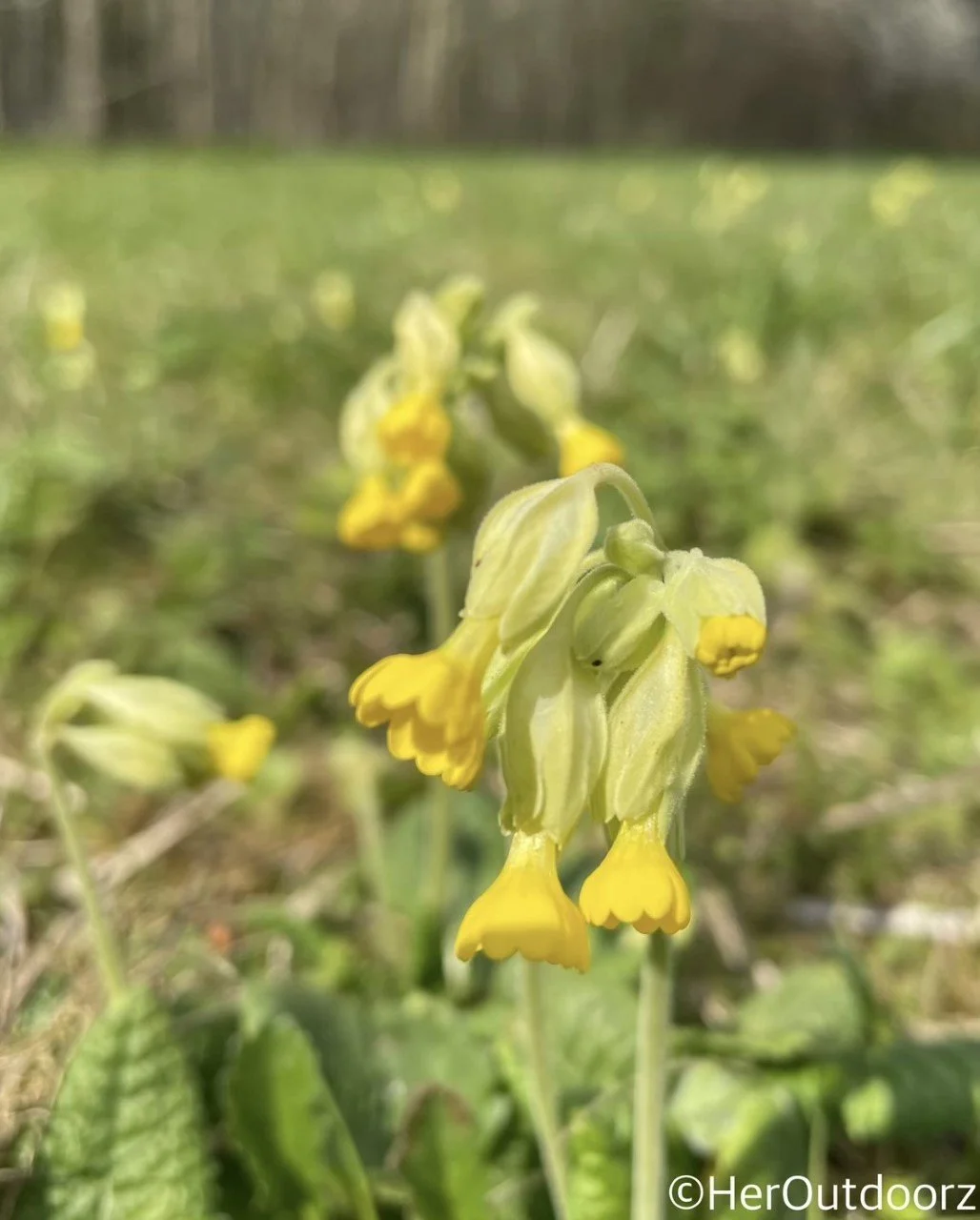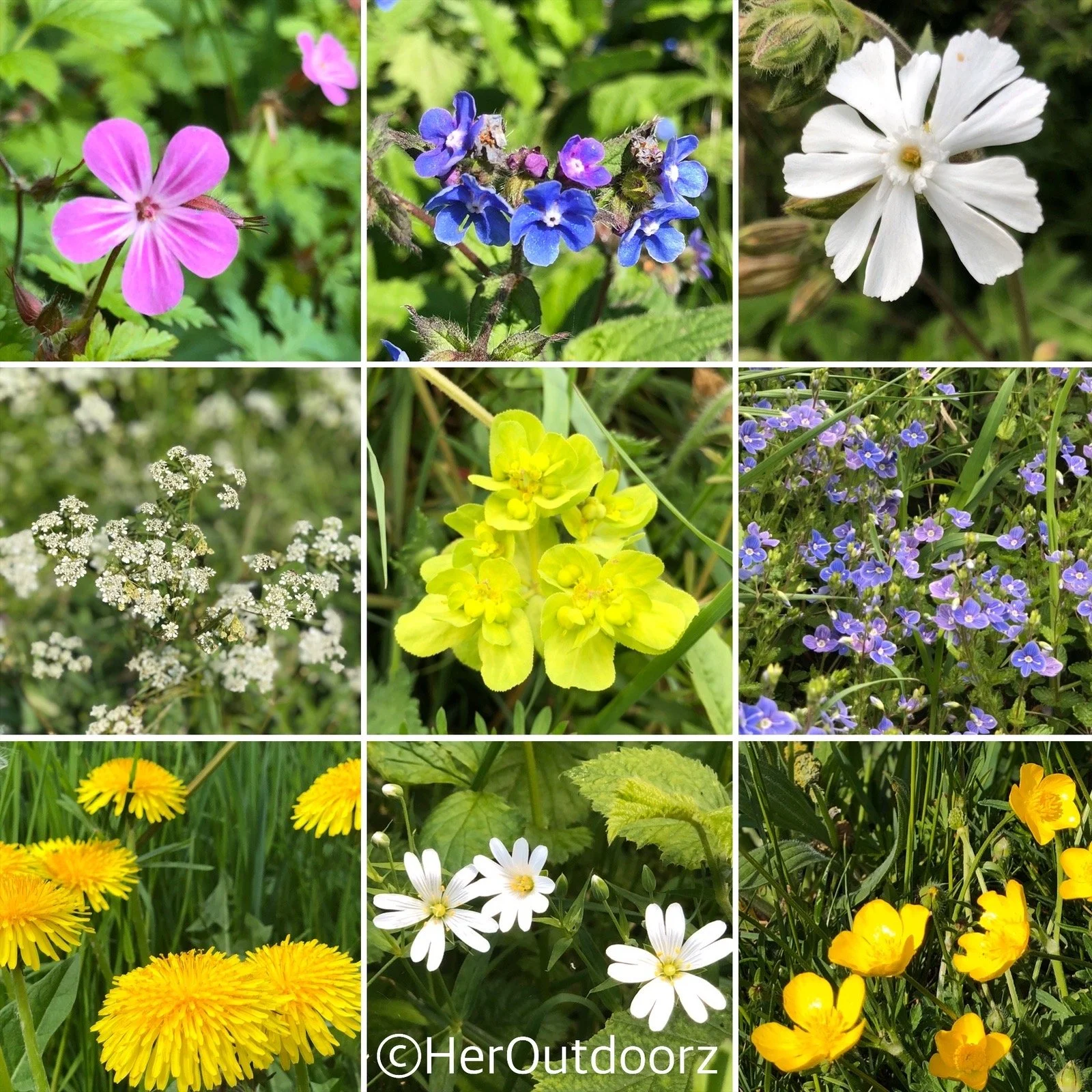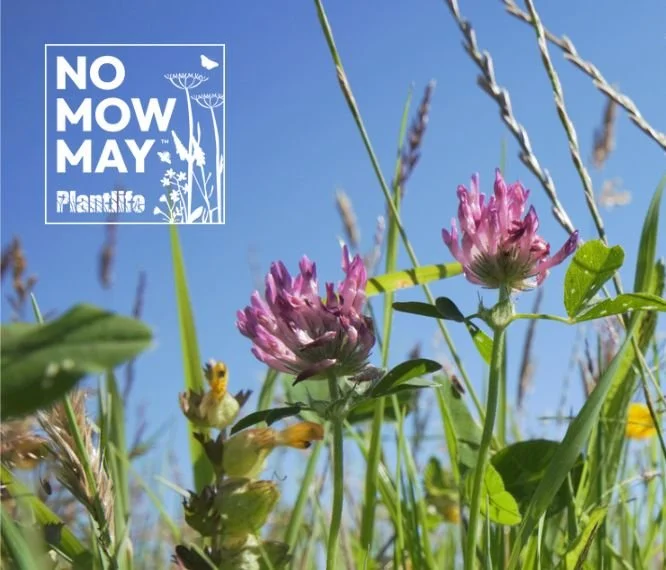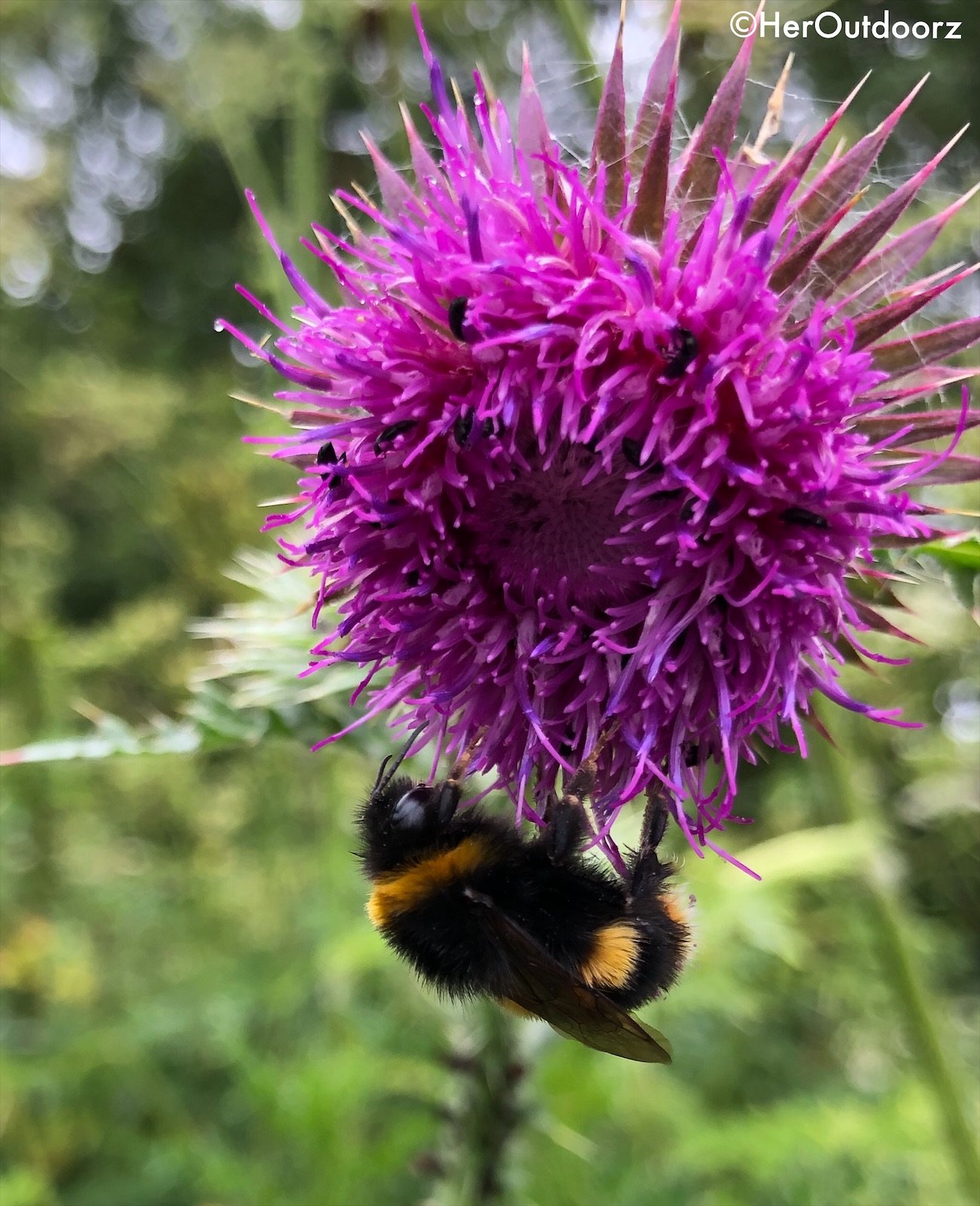Liberate your Lawn
Ah Spring. Warmer weather and everything growing in earnest. Traditionally, May is the time when the soil warms up enough for the lawn to shoot up with resolve. If like me you love the sweet, fresh smell of cut grass, you might think the gentle hum of lawn mowers is part of the soundtrack of May.
Keeping an orderly swathe of manicured lawn seems to be a preoccupation in many British gardens. Households aspiring to a level, weed free patch with the neat parallel lines and trimmed edges
Yet, regular mowing and weed removal, tightly controls diversity and reduces many lawns to wastelands for insects and flowers.
What if we don’t mow our lawns so regularly?
What if we abandon the idea of putting green perfection and instead allow the grass to get longer with wildflowers growing amongst the swards of grass?
Letting our lawns, verges and grasslands grow freely really gives nature a boost. Any break from routine mowing increases floral diversity and those flowering plants providing food for bees, butterflies, pollinators and the birds and animals who eat them.
May is a crucial month for this and leaving those ordinary ‘weeds’ to their own devices provides vital nectar and pollen.
With 20 million gardens in Britain, our lawns have the potential to become major sources of nectar. The benefits are huge, much more than just taking a chore off your to do list.
INTERESTING FACT:
Did you know dandelions are a particular superfood for bees and butterflies.
8 dandelion flowers produce enough nectar sugar to meet an adult bumblebee's baseline energy needs
#NoMowMay
Every year the ‘No Mow May’ campaign run by conservation charity Plantlife, encourages us to stop mowing the lawn for a month, to help wild plants and pollinators thrive.
All you have to do is resist the urge to cut the lawn during the month of May.
#NoMowMay research reveals that mowing your lawn less frequently can provide enough nectar for ten times more bees, butterflies, moths, beetles and other pollinators.
Last year 250 wild plant species were recorded flowering within the grass.
Gardeners who took part in #NoMowMay noted amongst others, wild garlic, orchids, wild strawberry, snakeshead fritillary, meadow saxifrage, knotted clover and eyebright
‘The results underline how embracing a little more wildness in our gardens can be a boon for plants, butterflies and bees. We are excited by the unfolding dawn of a new British lawn.”
- Ian Dunn, CEO of Plantlife
There’s loads more information at www.plantlife.org.uk
If this has whet your appetite and I hope it has, then taking part in the campaign is simple, no matter the size of your garden. Just leave your lawnmower in the shed for May and let those flowers grow.
You don’t have to leave your whole lawn unmown either.
Even not mowing some of it will help.
In my small back garden, I have a little manicured (ish) lawn which I’m going to let grow in May.
I plan to mow a path through so we and the border terrier can still access the terrace at the rear. I’ll let you know how I get on, on social media and I’d love to hear your results too.
You can find me at Her_Outdoorz on Instagram and HerOutdoorz on facebook and Twitter
If the thought of not mowing your grass fills you with dread, remember this is just for the month of May. Plantlife are not advocating never mowing after May.
By simply not mowing during May we can give UK wildlife a much-needed boost.
So let’s all take part in #NoMowMay and see our lawns spring to life with flowers, bees and other pollinators.


